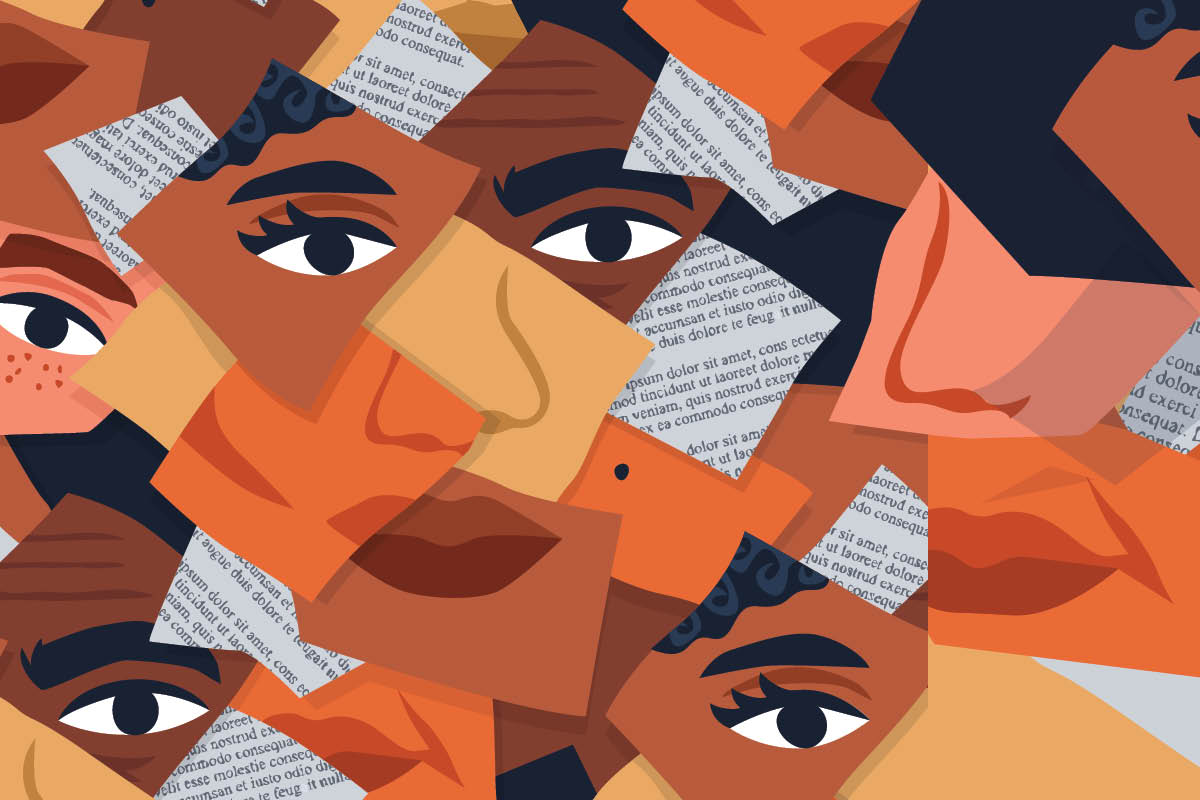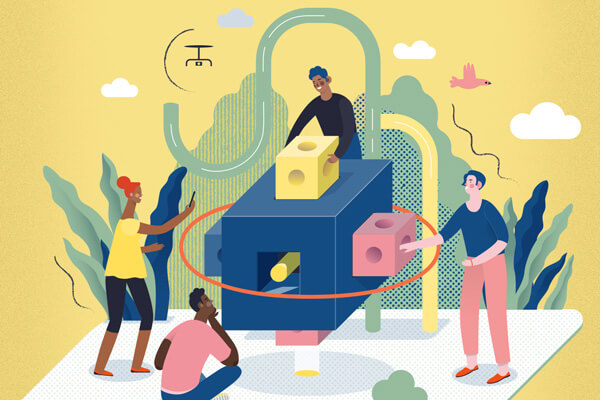
Equitable by design
Working to create a learning environment that is universal and inclusive
Even if we are not consciously aware of it, we are all beneficiaries of universal design in our everyday lives.
When a pedestrian approaches an intersection, they’ll notice a curb cut as the sidewalk slopes down to meet the street. If the pedestrian has a mobility issue and uses a wheelchair, a cane or a walker, this simple design choice removes a barrier and helps make their journey easier. But if the pedestrian instead is pushing a stroller or, say, pulling a suitcase, the curb cut also benefits them and makes their journey easier as well, even if they don’t have a mobility issue. While it may make a bigger difference to some than to others, the curb cut is helpful to everyone. This is a universal design.
Developed in the late 1990s, the concept of “universal design” and its seven related principles is centered on creating and redesigning spaces to be accessible and equitable to all people.
“The idea is that if we provide spaces that are designed to be accessible for people with mobility issues, with visual impairment, auditory impairment or cognitive impairment, that we make them more accessible to everybody,” says educator, author and practicing architect Mimi Locher, Dean of Architecture at the University of Manitoba.
As instructors, administrators and staff at UM continue their ongoing work of building a more equitable, diverse and inclusive campus, there has been recognition that rethinking approaches to space and design are crucial to improving accessibility for all students. How can we create a more universally designed classroom that is inclusive to everyone? Where are the other areas where a “curb cut” is needed?
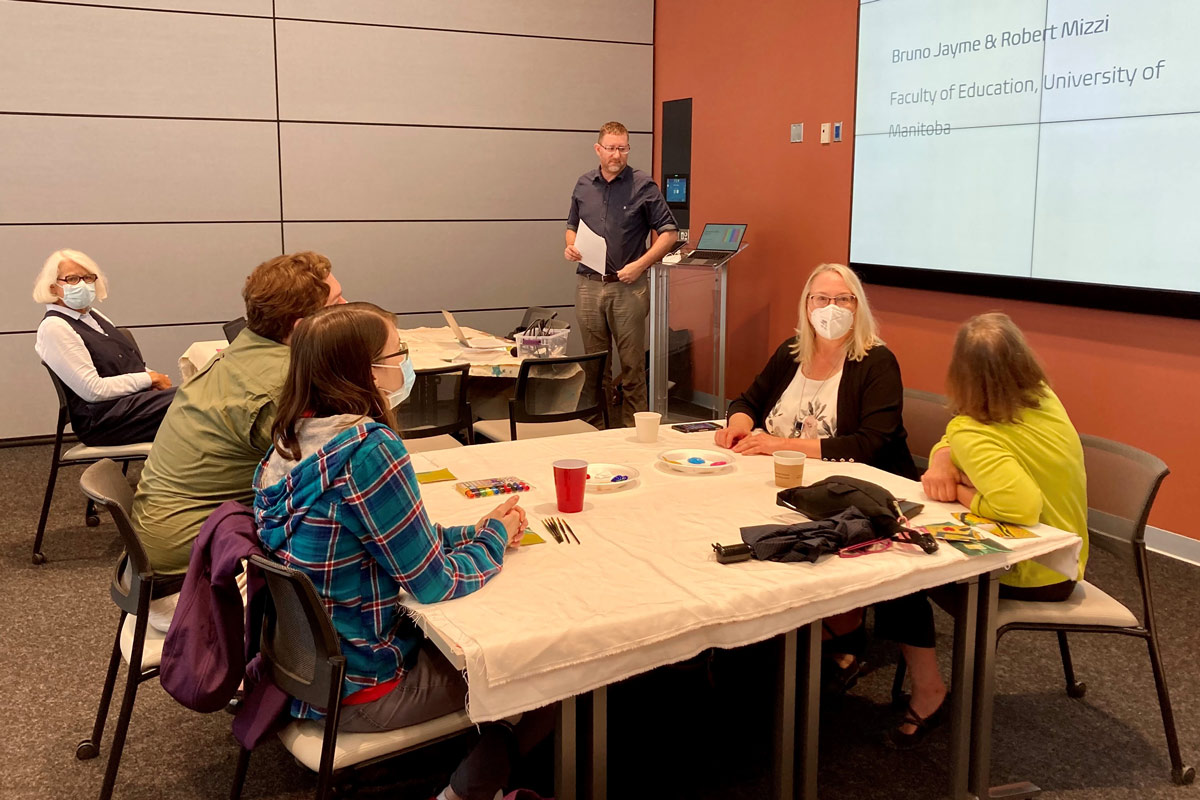
photo courtesy of Robert Mizzi
“They’ve taken that phrase and that concept and started to think about what that means in terms of the spaces that people learn in and what’s necessary for them,” says Locher. “Good access impacts everybody positively. It’s not just for those few people that we can see who have an issue or impairment, but it’s really for everybody whether we can see that they need accessibility or not.”
A passionate advocate of equitable design, Locher feels that more conversations with students and marginalized groups is crucial in bridging the gap and creating learning environments that are truly inclusive.
“Often the people who are doing the teaching have never experienced it themselves, and so we need to be careful to bring in people who have and who can speak to it from their own experience and share that,” says Locher. “It’s so valuable for the students.”
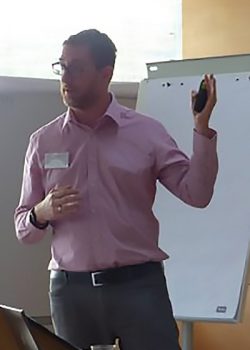
Robert Mizzi // photo courtesy of Robert Mizzi
Robert Mizzi is the Canada Research Chair in Queer, Community and Diversity Education and an Associate Professor in the Faculty of Education’s department of educational administration, foundations and psychology. His current research project explores the notion of spatial justice on campuses in Manitoba, rethinking how spaces can be designed to operationalize intersectionality better in our classrooms.
His two-year study, supported by a Social Sciences and Humanities Research Council (SSHRC) Insight Development grant, focuses on student experiences on campus, and how the way in which spaces are designed impacts the way students of various identities or groups interact with that space. Using the campus map as an analytical tool, these diverse perspectives are being employed to inform a redesigned campus map that reflects these student realities.
“We’re prioritizing the students in this study,” says Mizzi. “It’s about what is being taught as people engage and interact with the space on campus. How does that affect their engagement from what they’re seeing and experiencing? How is that type of engagement changing their learning and social patterns on campus?”
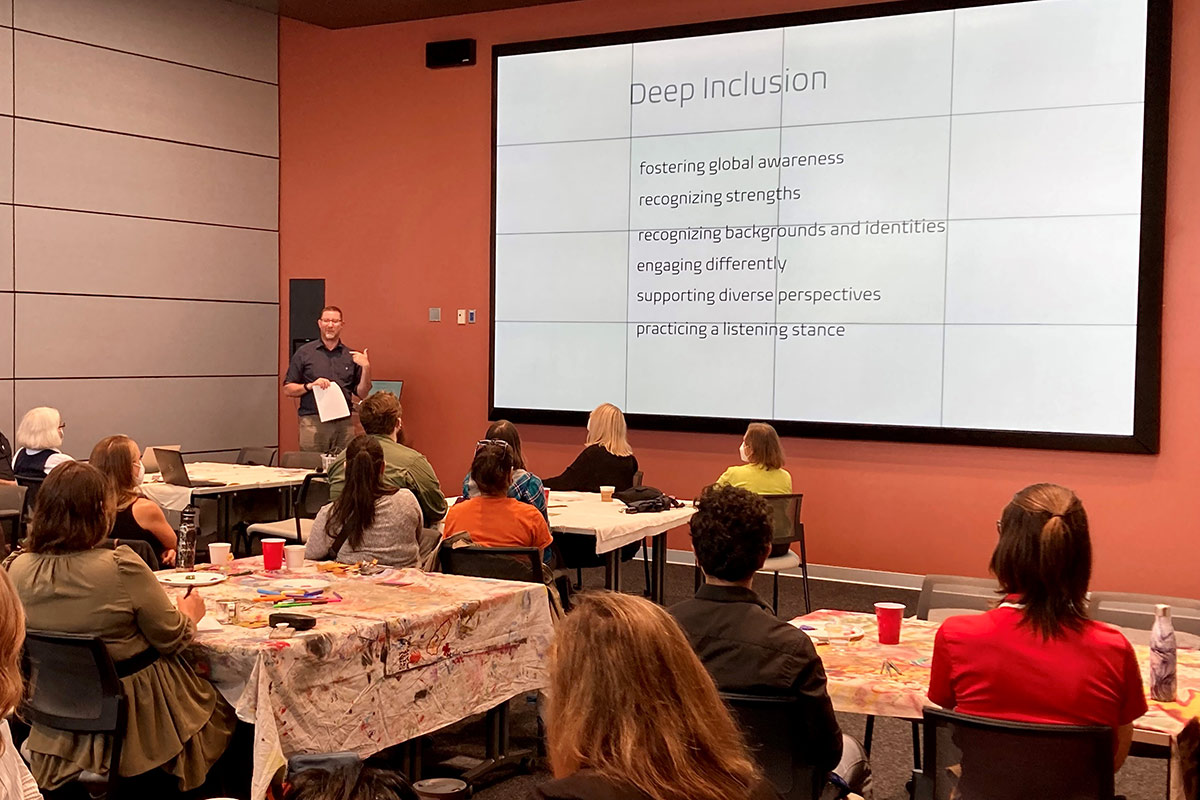
photo courtesy of Robert Mizzi
While there have been many recent positive developments in this area at UM, such as the introduction of trans-inclusive showers at the Active Living Centre, the continued expansion of gender inclusive washrooms around campus, and increased engagement and support for Indigenous students and the expansion of Indigenous spaces like Migizii Agamik – Bald Eagle Lodge, there is still much more work to be done.
The COVID-19 pandemic brought many of the obstacles marginalized people face in their everyday lives to the conversational forefront, and the increased recognition of these challenges has inspired some positive developments in this area on campus, such as remote office hours, increased access to lecture recordings, and increased flexibility with remote learning.
“Moving forward, we really need to think about how we balance the in-person pieces that we feel really are imperative to the kind of education that we do, but also how do we make it more accessible,” says Locher.
“We need to learn what worked well and then try to build on that. We also know what maybe didn’t work as well. Now that we’re moving back to being in person, we could rebuild our in-person engagement and then reflect on what worked well with remote education and how we might be able to build that back in.”
Some professors are aiming to increase inclusive learning through equity walks, where students walk through their classroom or campus and create a map of the potential obstacles that they or others face in their learning environment.
While UM continues to make changes to increase accessibility for and inclusion of marginalized students on campus, Mizzi says there are many practical steps that instructors can take to increase inclusivity and equity in their classroom environments.
“What an instructor can do today is to do an equity walk of their physical classroom or virtual classroom and just look through areas where they think different students with different backgrounds would have a sensory, psychologically, physically, or cognitively different experience than perhaps another student,” recommends Mizzi.
“Whenever there is absenteeism or when there is struggling, students consider space as being a factor in those experiences,” says Mizzi, noting that another practical step would be to take an equity walk outside of the class, outside in the school buildings and just look at what is being posted on the walls and available nearby. “Where are the gender inclusive washrooms? What can people with disabilities access or not access? Where are certain racialized or social groups conjugating, and why those spaces and not others? Perhaps we should have equity walks all around campus and just learn from those who experience it the most–our students.”
Listen to Dr. Mizzi’s interview about inclusion on UM’s new podcast “What’s the Big Idea?”
TeachingLIFE
UM is a place where we prioritize an inclusive learning and innovative teaching environment, in order to foster a truly transformative educational experience. TeachingLIFE tells the stories of our ground-breaking educators and their impact on student success.
Learn moreOther TeachingLIFE articles
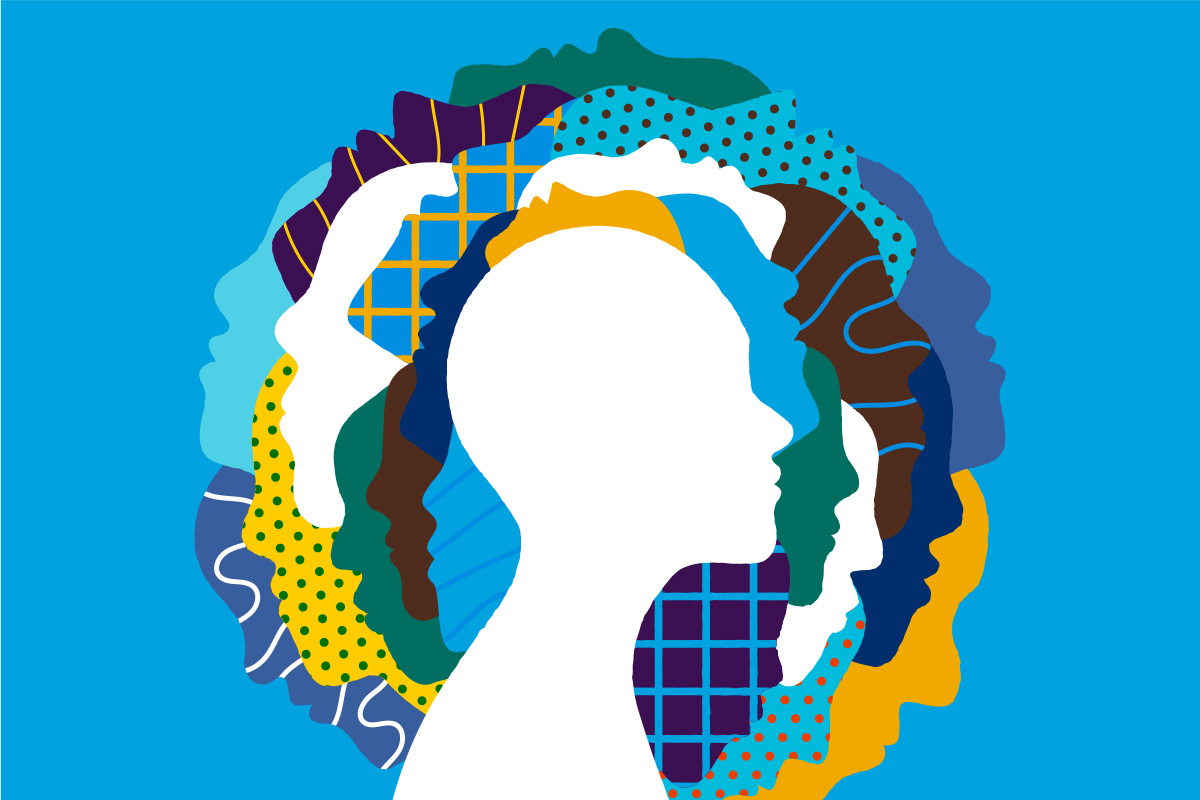
Difficult conversations in the classroom
Confronting controversy to lead to a less-polarized society

Learning from the stars, and our backyards
Experiential learning is more than career preparation, it’s life preparation
More from TeachingLIFE
About CATL
The Centre for the Advancement of Teaching and Learning is an academic support unit that provides leadership and expertise in furthering the mission of teaching and learning at the University of Manitoba.
Learn more about CATL






